The extremely wet spring of 2019 caused 14.2 million acres of cropland to go unplanted in the Midwest. Farmers across the region had flooded fields that kept them from getting equipment onto the fields to plant their crops. This resulted in over $4 billion of prevent-plant crop insurance claims, which assists farmers when weather conditions keep them from planting a crop altogether. Amidst these adverse weather challenges, farmers who were using cover crops and no-till reported facing less water on their fields, which allowed them to plant when their neighbors couldn’t.
A new study backs up these Midwest farmer stories with big data. Read More










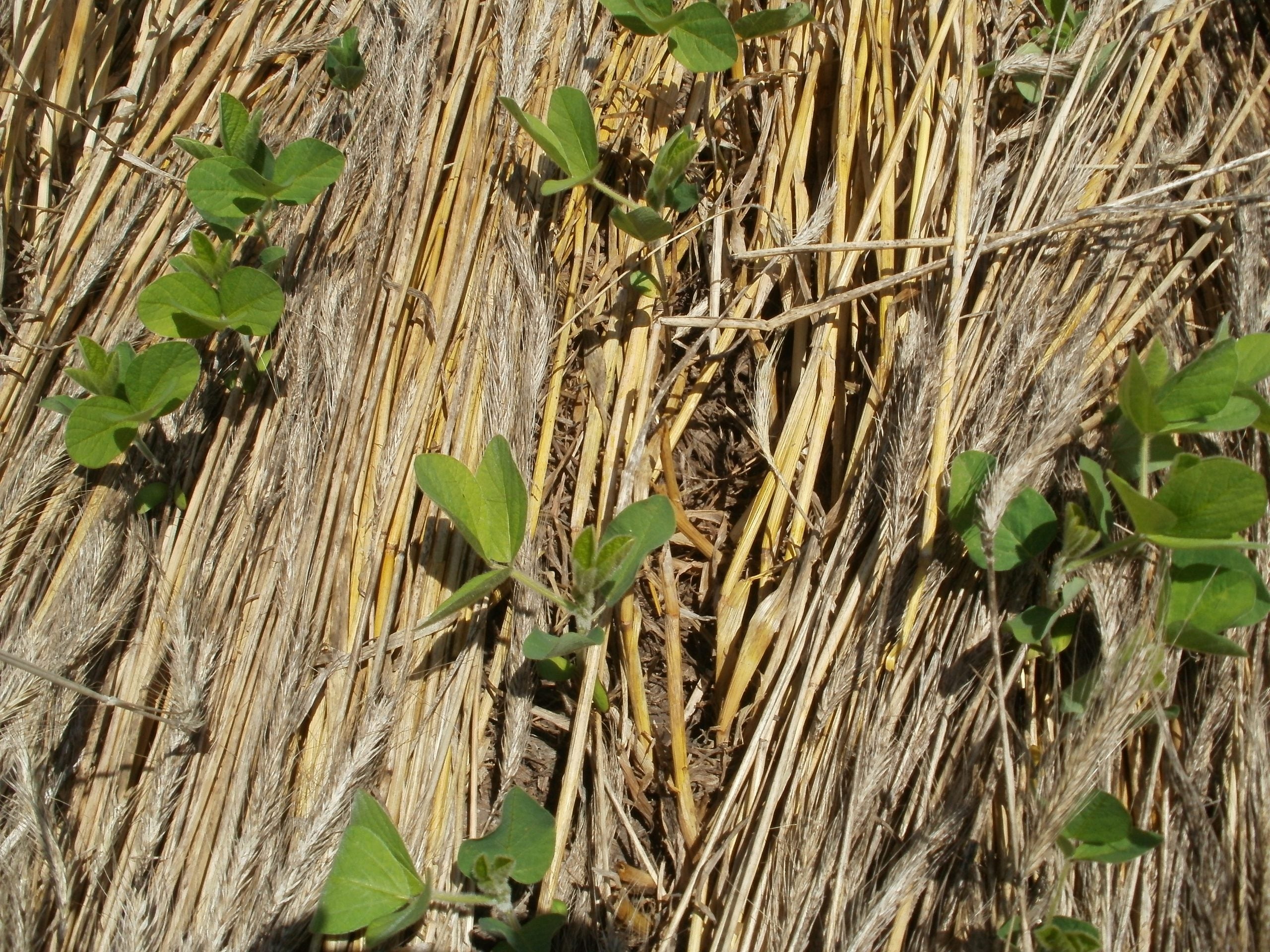
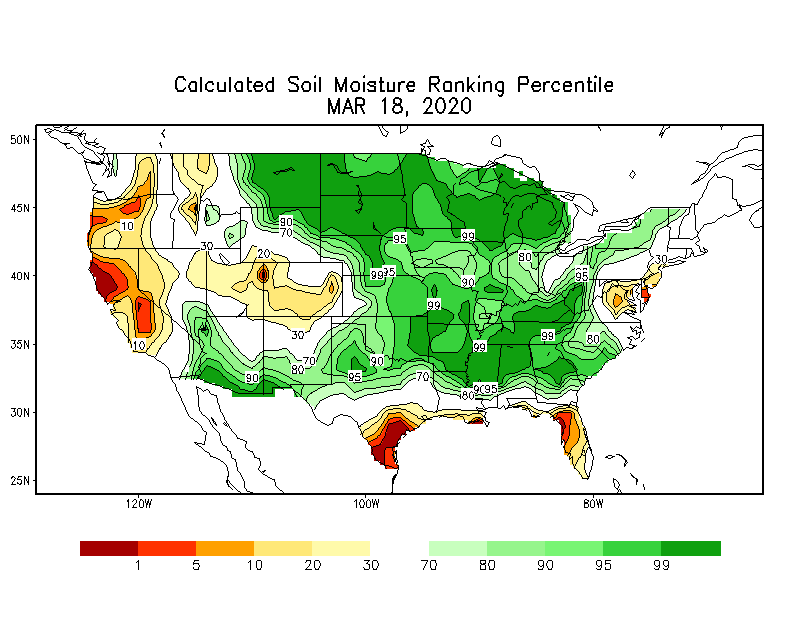
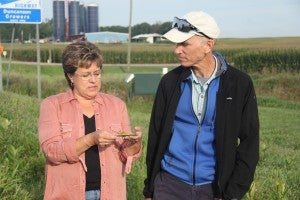
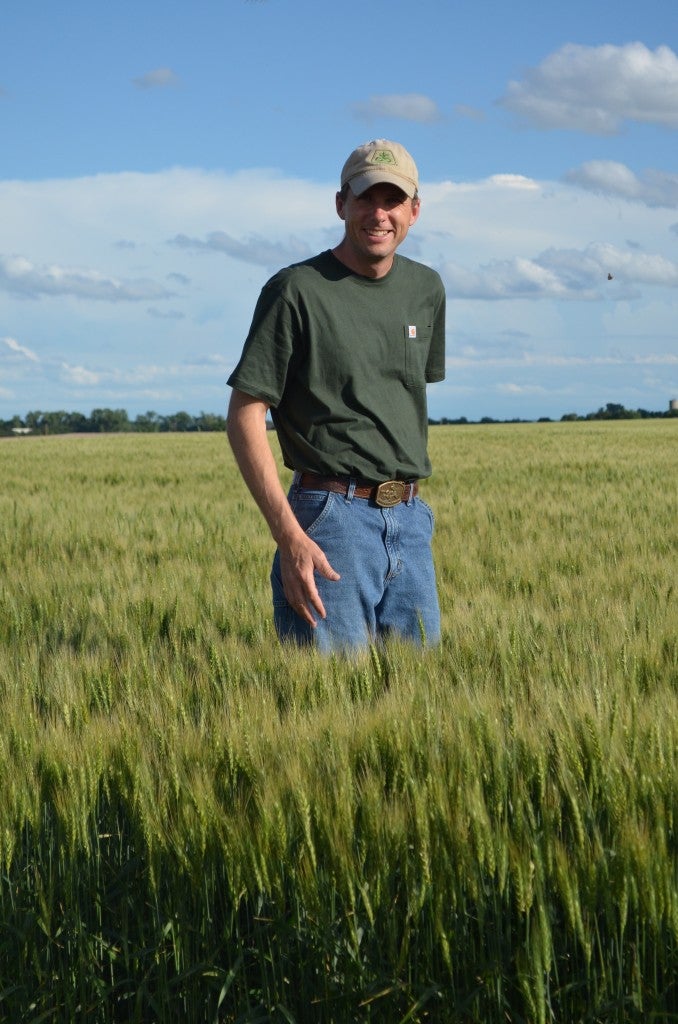 I first met Justin Knopf at a meeting in DC about five years ago. At 6’3”, he definitely stood out, but not just physically. He openly conveyed how important his family and his land are – the reason he cares so much about making sure his Kansas farming operation can live on is for his children. It’s rare to meet someone so articulate, sincere and committed to sustainability.
I first met Justin Knopf at a meeting in DC about five years ago. At 6’3”, he definitely stood out, but not just physically. He openly conveyed how important his family and his land are – the reason he cares so much about making sure his Kansas farming operation can live on is for his children. It’s rare to meet someone so articulate, sincere and committed to sustainability.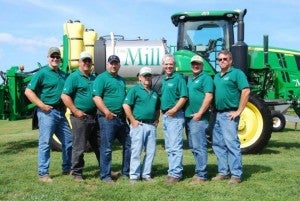 Land O’Lakes SUSTAIN® platform – a powerful tool that can make a real impact in improving regional water quality — is coming to the Chesapeake Bay.
Land O’Lakes SUSTAIN® platform – a powerful tool that can make a real impact in improving regional water quality — is coming to the Chesapeake Bay.